One of the most important things about growing plants indoors is having the right light for them to grow. And since most of our plant babies are not meant to be indoors it is really important to figure out which plant light will help make a growing plant thrive.
And for indoor gardening that means turning to artificial light to fill the lighting requirements of a house plant.
And, no, unfortunately, a regular light bulb like a fluorescent bulb or an incandescent bulb that we use in our homes is not enough for an indoor plant to grow well. Most of those lights are heavy with the green and yellow spectrums while plants need more of the red light and blue light which helps promote leaf growth and flowers. And even though there are blue and red plant lights available, it is better to get a full spectrum light to promote plant growth.
There are so many choices when it comes to plant grow lights that you could make a decision not just based on the light requirements of your indoor plants but on your own personal style as well.
Some lights are meant to be supplemental to whatever natural light is available in a room. While other lights can supply all the lighting requirements of your indoor garden. (Check out our review of Mars Hydro lights.)
Most indoor gardeners do not have a lot of space or cannot install lighting fixtures on the ceiling so they turn to grow light bulbs that can easily be screwed into lamps.
Soltech Vita LED Grow Light Bulb
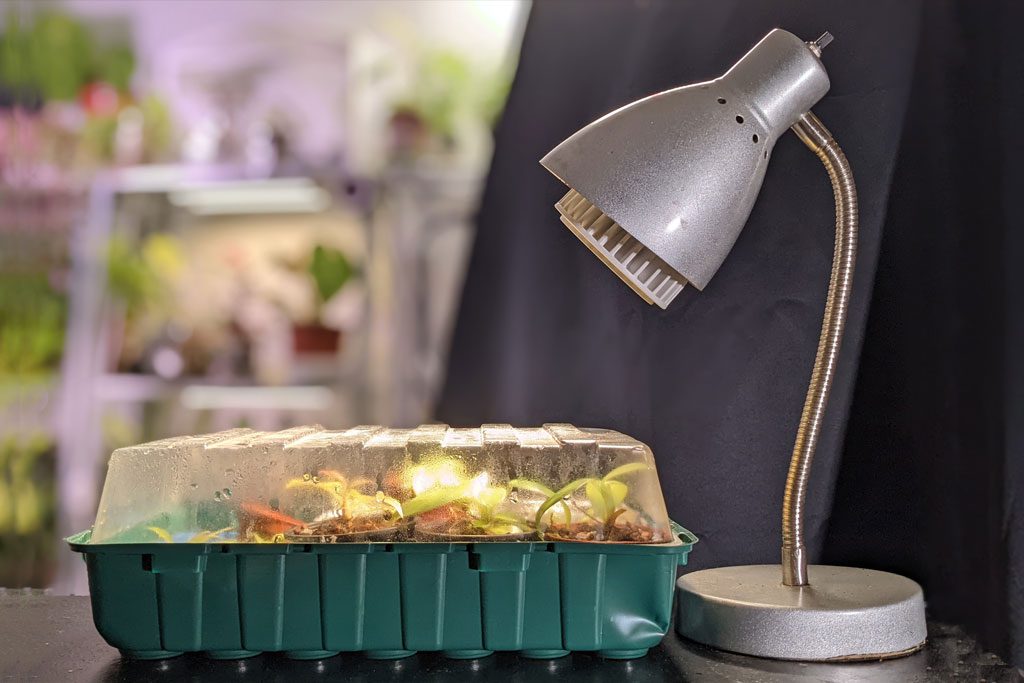
- Product: Soltech Vita LED Grow Light Bulb Full Spectrum for Indoor Plants
- Core coverage: 16″ – 55″ depending on the hanging height
- Input Voltage: 110V
- Light Size: 3.7 x 3.7 x 4.7 inches
- Full-spectrum: 3,000K
A popular plant light brand with plant lovers is Soltech. Their light fixture is a bit pricey and it has a modern design. But they do sell LED lamp bulbs that are cheaper so if you have a lamp you can easily use it. Their Vita light bulb comes in two versions, regular and dimmable, and because of its spread has to be 12 inches to 48 inches away from plants. If a plant needs bright light then it should be placed 12-inches below the light and then farther away if it is a low light plant.
This plant light bulb is great and if you have a dark corner, you can place it there and it is strong enough to be the sole light source for your plants.
I had an old flexible neck lamp that I was able to use. Luckily, the Soltech bulb fits in it!
What we like:
- can easily be screwed into an existing lamp
- doesn’t emit too much heat
- energy efficient
- warm white light
- powerful and indoor plants love it
- made in the USA
What we don’t like:
- bulky and heavy
- expensive
SANSI Grow Light Bulb with COC Technology
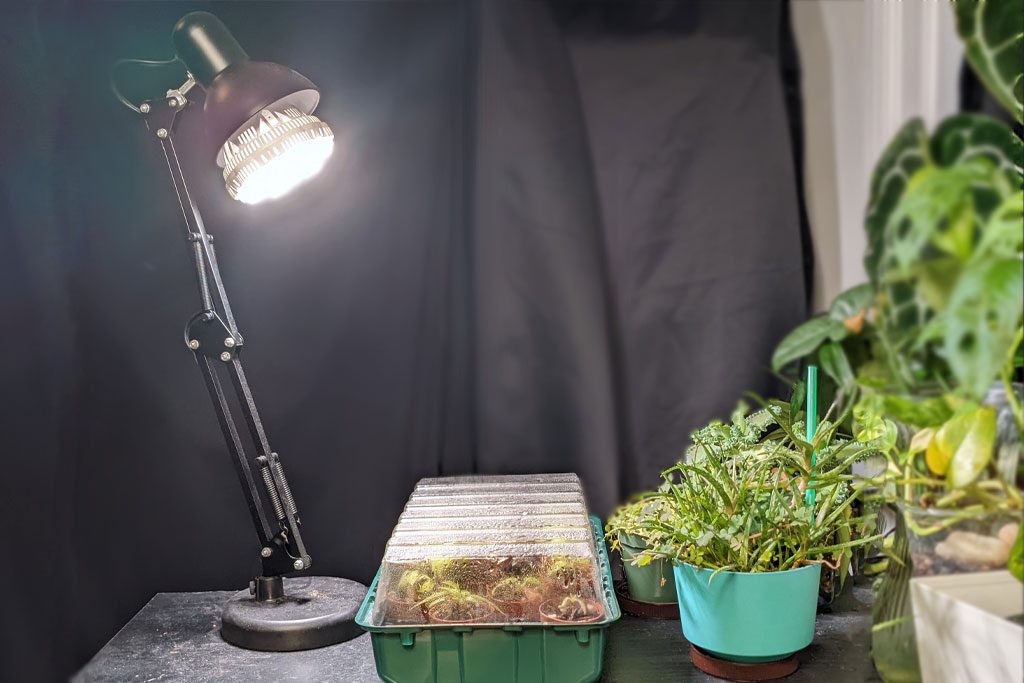
- Product: Sansi Grow Light Bulb with COC Technology
- Core coverage: 1 to 2.8 square foot area at 12” to 20” above the plants
- Input Voltage: 110V
- Light Size: 5.16 x 5.16 x 6.65 inches
- Full-spectrum: 4,000K daylight
Another popular plant grow light comes from Sansi and they also have LED light bulbs. They have various bulbs starting at 10 watts all the way up to 36 watts. The light spread is focused so it can light a couple of plants.
We tried the 36-watt bulb and boy is this light bright! Aside from lighting your plants, it can work as a supplemental light in a room. It does get a bit warm but not enough to burn you if you brush up against it.
I partnered the Sansi bulb with this desk lamp. The lamp was strong enough to carry the weight of the bulb and didn’t topple over.
What we like:
- can easily be screwed into a lamp
- energy efficient
- warm white light
- powerful
What we don’t like:
- bulky and heavy
- can get hot to the touch
- too bright for foliage plants
Things to consider about both the Vita bulb and Sansi 36-watt bulb
Both light bulbs are heavy and bigger than normal light bulbs. If you plan on using it with a lamp you already have, measure the lamp opening to make sure it will fit. Also, check if the lamp can handle the weight of the bulb. If it is the type of lamp with an arm that can be adjusted, the weight of the bulb may force it downwards. The lamp may easily fall over because of the weight of the bulb, too!
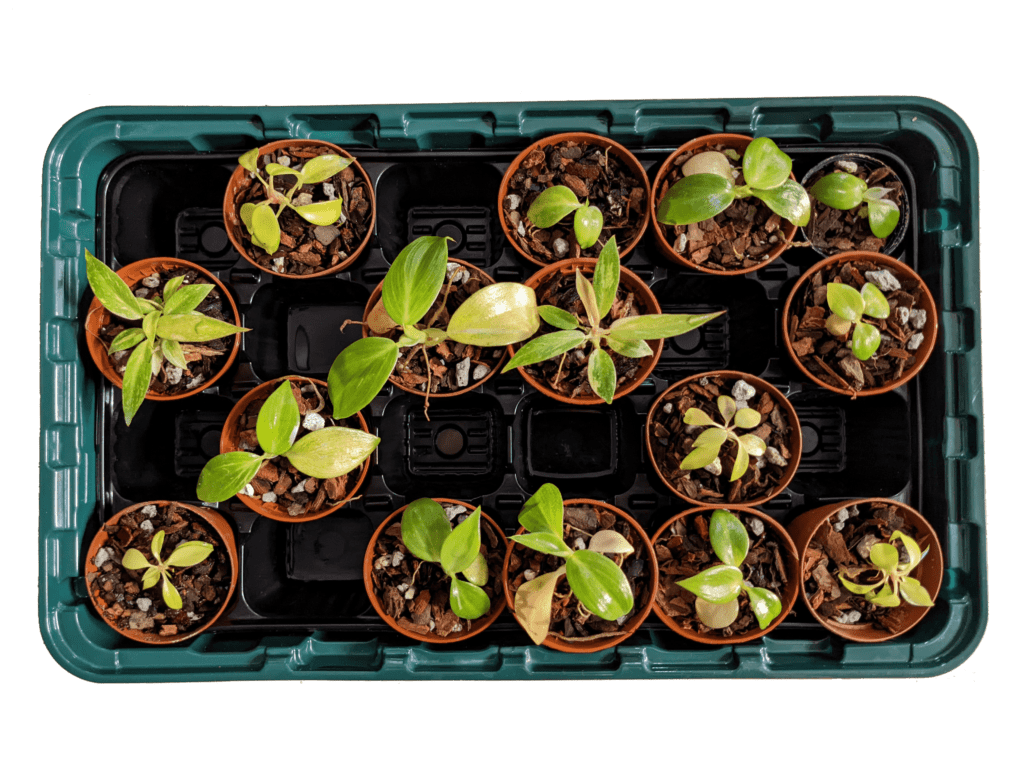
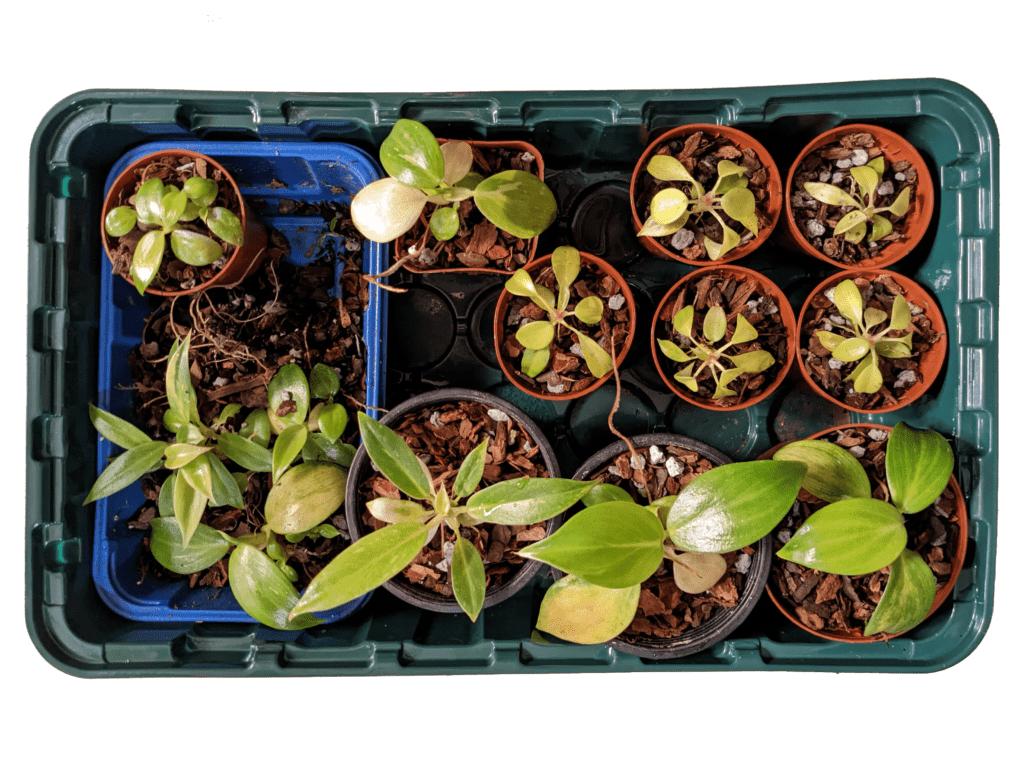
June 1st
Testing Grow Light Bulbs for Indoor Plants
I tested these led grow lights on baby plants that were in a covered seedling tray. In the trays was a mixture of foliage plants. The indoor grow lights were placed a foot above the trays.
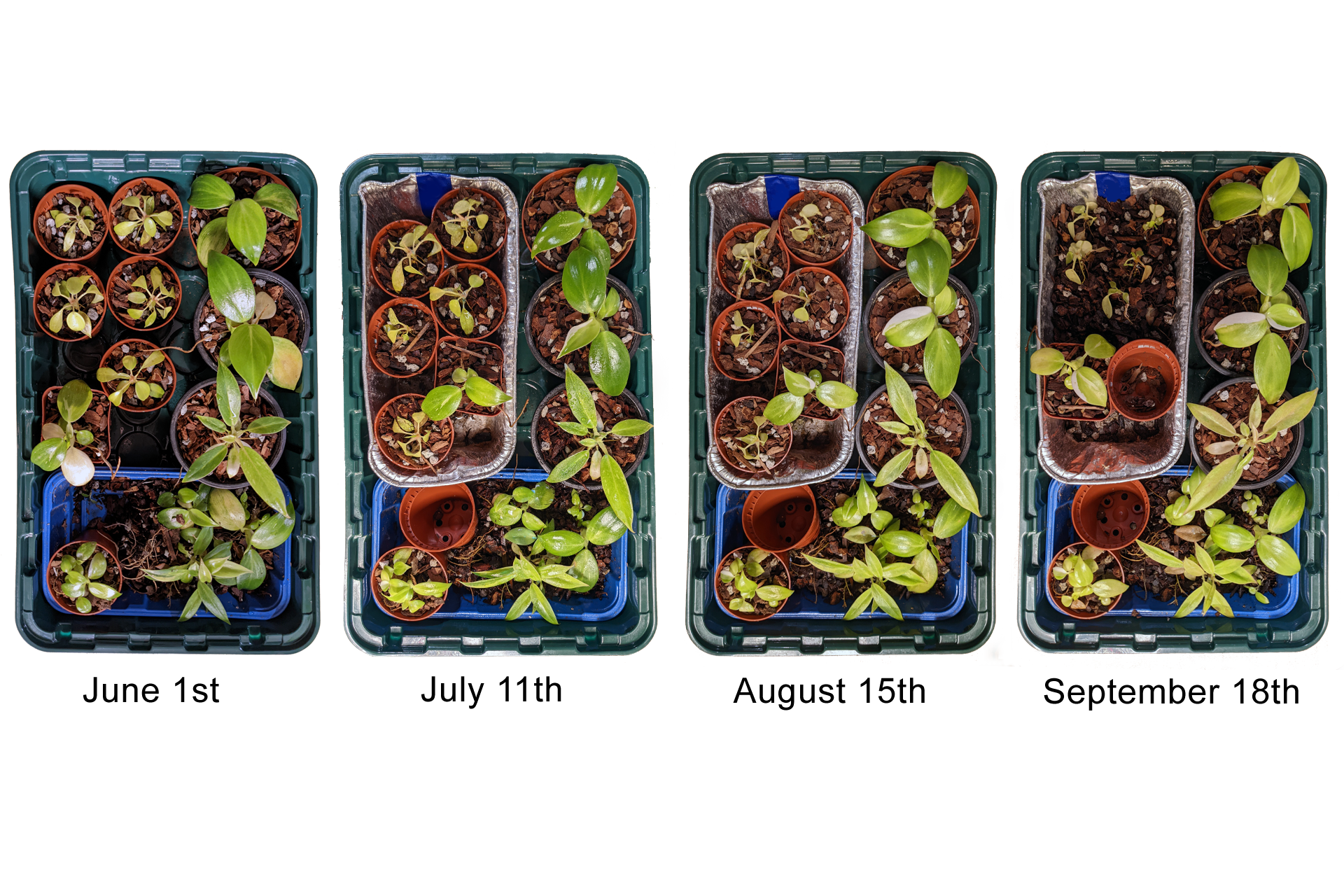
While the houseplants under the Sansi bulb looked bleached and light green. The light intensity was too strong for the baby plants. But, there were other foliage plants around it and those were not bleached and looked green.
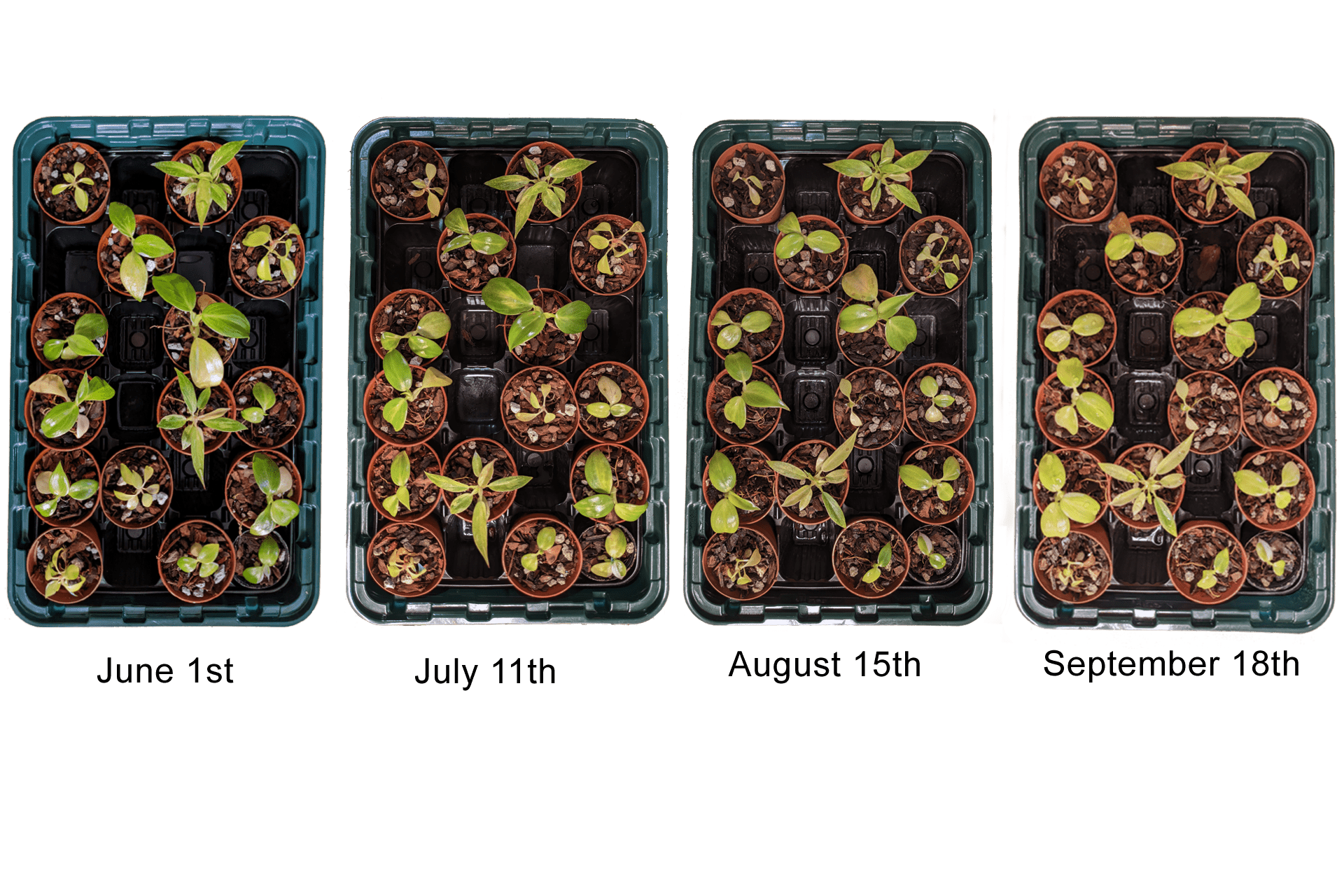
Every situation is different so it is important to be open and go with the flow when it comes to plants. Next time, I will try succulents and herbs under this 36-watt Sansi light and let y’all know if it is better for those kinds of plants.
Verdict
The Soltech Vita was worth its money since the light encouraged growth and some leaves have leaf variegation.
Shop our recommendations
- The Best Hydroponic Tower For Indoor Gardening
- 10 Best Worm Composter Bins For Easy Homemade Compost
- The Best pH Meter For Soil
- The 6 Best Dehumidifiers For Grow Tents
- The Best Complete Indoor Hydroponic Grow System
- 5 Best Grow Light Strips For Indoor Plants
- TESTED: Aerogarden vs Click and Grow Smart Garden
- Our *hands on* MARS HYDRO TSW 2000 review (with photos)
- 7 Best Hygrometers For Indoor Plants
- The Best Coco Coir For Your Plant’s Healthiest Root System Ever

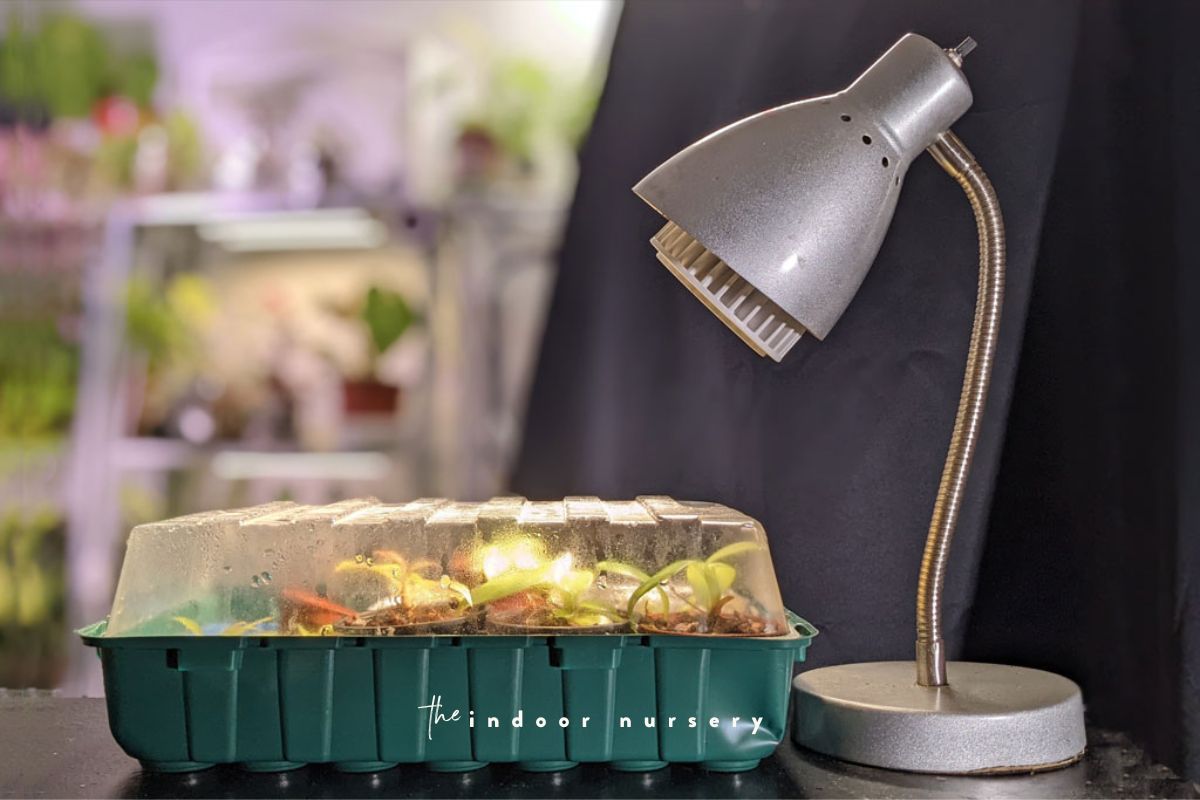
Ok
At first I thought you were just ignorant regarding electrical safety.
But, now I know you’re just a shill willing to sell whatever, to whomever as long as you can make a buck.
These lights are the most overpriced pieces of garbage to ever hit the market
As I’m sure you have no idea what PPFD is, let me just cut to the chase, this light gives 42 of them, for 200 dollars. The Samsi bulb gives quadruple that for a quarter of the price
For you laymen out there, 42 Ppfd could only sustain a low level plant at best, with the minimum amount needed to live, let alone anything above the bare necessities of a hoya
No!
It is not even close to the better anything. She just got a few free lights and has some sponsernd links.There’s a word for people who sell their dignity for money, isn’t there?
Any who, unfortunately you’ll never see it because this “expert” will censor this
Probably also censor the other review of the mars hydro that is literally going to get someone killed
Hopefully one day, one of you narcs gets sued for your Botox money, then maybe you’ll stop shilling for overpriced, sh*tty, sometimes deadly products
Hey, CL, thanks for reading and for the insightful comment about PPFD. As much as I agree that there are tons of websites out there just trying to make a buck, I actually tested this out myself. Those pictures of the test results? That’s what happened after using the lights like I demonstrated in the blog post. I don’t know what to tell you except this is what happened when I tested them 🙂 I didn’t receive these products as a sponsorship. In fact, I rarely receive products and when I do I mention it directly in the post. Like when I tested the Arber products, I wrote about it in the post. I’m sorry that you didn’t find this post helpful and I’d love to improve it if I can. But I cannot change the experiment results themselves 🙂
If you claim the light to be too intense, wouldn’t it make sense to just put it further away or use a lower wattage lamp for the purposes? I tried reading on the soltech, but their website is bare of actual specifications for their products, its just buzzwords and promisses. But as you pointed out sansi 36W is way more intense, so it seems to make sense to me that it would perform just fine if you placed it further away.
Could you try sun stressing succulents with the two lights and see how it goes?
Hey, Amatsune, thanks for reading 🙂 That’s a good suggestion to move the lights further away and I’d recommend that too. I had limited space and wanted to test it the way that I thought would work to start. I didn’t want to move the lights once the experiment had started just to see how it would play out. I’m hoping the results of this experiment can help readers find the right distance between the grow light and seedlings in their homes!